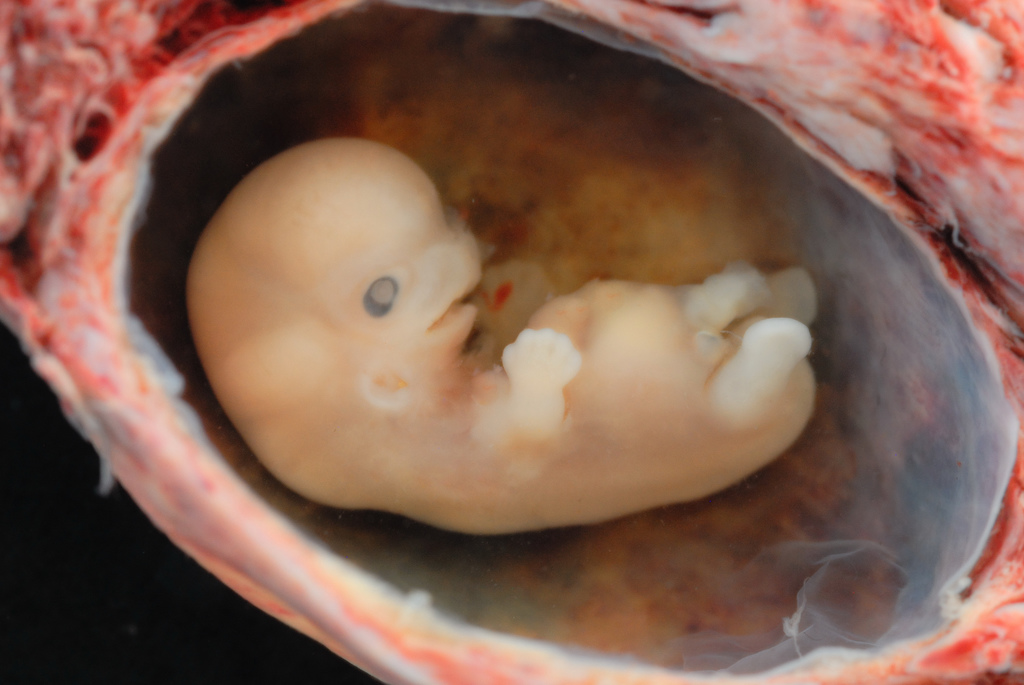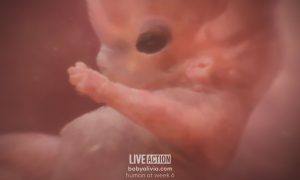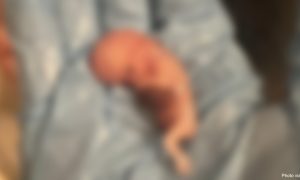Pregnancy is an amazing time in which the body goes through many changes to nourish a new, developing human being, and to prepare for that baby’s birth. While the mother is going through many changes of her own, her baby is growing at a remarkably rapid rate, especially during the first trimester, before a mother even know she’s pregnant.
The Endowment for Human Development (EHD) is “a nonprofit organization dedicated to improving health science education and public health.” With National Geographic, EHD produced a fascinating DVD called The Biology of Prenatal Development.
Early Signals of Life in the Womb
EHD writes that on day two — just 24-48 hours after fertilization occurs — “pregnancy can be confirmed by detecting a hormone called ‘early pregnancy factor’ or EPF in the mother’s blood. … This substance helps prevent the mother’s immune system from rejecting the soon-to-be-implanted embryo and allows pregnancy to proceed.” In other words, well before a baby has implanted into the lining of his mother’s womb (which EHD says happens around day 6), he is already sending out signals that he is alive and is not a foreign substance to be rejected. Emergency contraception, which manufacturers recommend be taken up to 5 days after unprotected sex, has the potential to cause the death of that new, living human being.
As Dr. Donna Harrison, Executive Director of the American Association of Pro-Life Obstetricians and Gynecologists (AAPLOG), told Live Action News, “At the moment of sperm egg membrane fusion, neither the sperm nor the egg exist any longer. What exists is a new entity…. The embryo continues to develop and if given support and nourishment will continue through the full spectrum of human existence from embryo to fetus to newborn to child to adolescent to adult.”
Timeline of a Baby’s Prenatal Development
Here’s a timeline of the preborn baby’s growth and development, according to EHD.org. Dating is measured from fertilization:
Week 1: The embryo attaches to the uterine wall, and the placenta begins to form.
Week 2: Early on in the first trimester, the baby’s brain is the first organ to appear, with its three main divisions, and the “beginnings of the heart can be seen.”
Week 3: The blood and blood vessels appear. (Right around this time is when the mother could have a positive pregnancy test.) The heart begins to beat between days 16 and 21.
Weeks 4 and 5: Eyes, lungs, and the cerebral hemispheres of the brain appear and begin growing quickly. Kidneys form.
Weeks 6 and 7: Brain waves begin, and hands, feet, and legs appear and begin to move. The heart now has four chambers, and the baby can rotate his head and have hiccups. Ovaries (for girls) and testes (for boys) form.
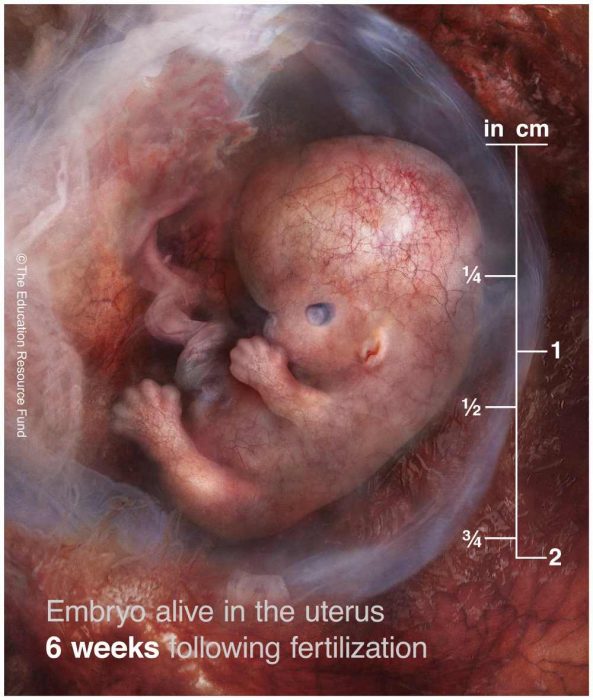
6 weeks from fertilization (8 weeks gestation/LMP)
Weeks 8 and 9: The fetus stage begins. A girl now has eggs in her ovaries, and a baby at this stage can suck his thumb, move his tongue, sigh, stretch, move his head, and open his mouth. According to EHD, “right- and left-handedness emerges.”
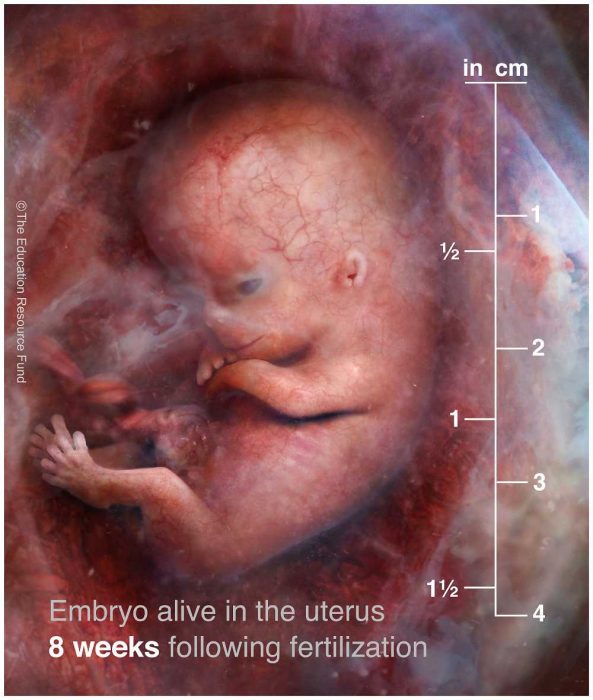
8 weeks post-fertilization
According to AbortionProcedures.com, the abortion pill is “approved by the FDA for use up to ten weeks since the first day of [the pregnant mother’s] last menstrual period (LMP).” This would be in the first trimester, around the eighth week after fertilization. Former abortionist, Dr. Anthony Levatino, explains this procedure, which would take the life of a child who, if female, already holds the reproductive cells for future generations in her ovaries:
Weeks 10-12: Still in the first trimester, the sex of the baby becomes visible, his nose and lips are “completely formed,” he can make facial expressions, and his intestines are “absorbi[ng] water and glucose.”
Weeks 13-14: According to EHD.org, at this time, most of the baby’s body is “sensitive to touch” and his teeth are beginning to grow.
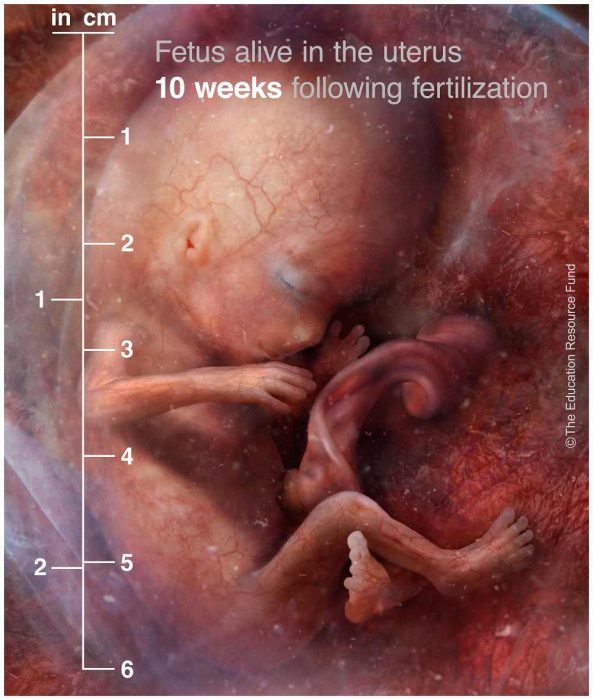
10 weeks post-fertilization (12 weeks gestation/LMP)
Weeks 15-20: During this time frame, a baby in the womb has a complete corpus callosum (a band of nerve fibers that connect the brain’s hemispheres), develops sweat glands, has “hormonal stress responses to invasive procedures,” has stem cells in his bone marrow, and has functioning digestive enzymes.
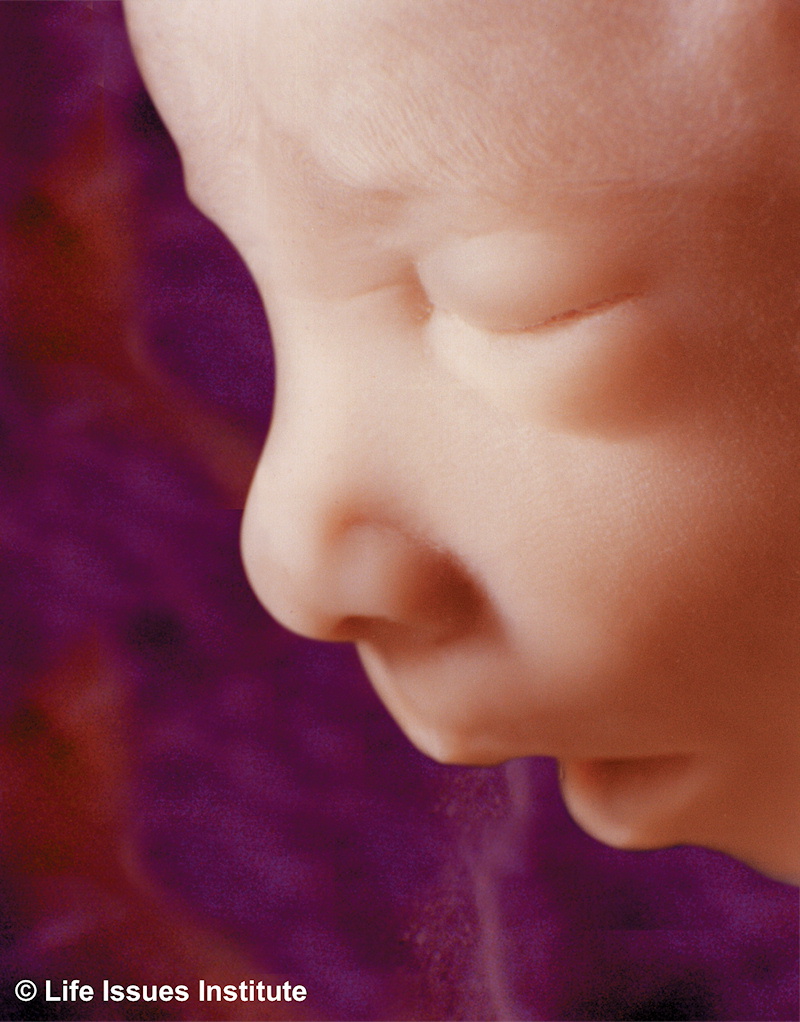
16 weeks
Weeks 21-24: The blink-startle response is now present, in which the preborn baby reacts to sudden loud noises.
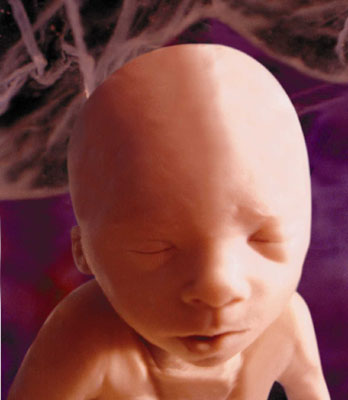
A human baby at 24 weeks
Weeks 25-30: The baby produces tears, and his pupils react to light. He frequently practices breathing movements.
Weeks 31-40: EHD notes that “the newborn prefers [his mother’s] voice to any other” as well as “female voices to male voices and familiar lullabies heard before birth to new lullabies after birth,” which shows “evidence of in utero memory formation and learning.” The baby is drinking almost two cups of amniotic fluid a day and eventually initiates birth.
While the mother is clearly going through many visible changes of her own during pregnancy, what is not seen with the naked eye is the amazing development of the child in the womb — beginning in the first trimester, at the moment of conception.
Editor’s Note, 12/7/18: First video became unavailable on YouTube and was replaced. 5/30/23: Some images have been updated.

